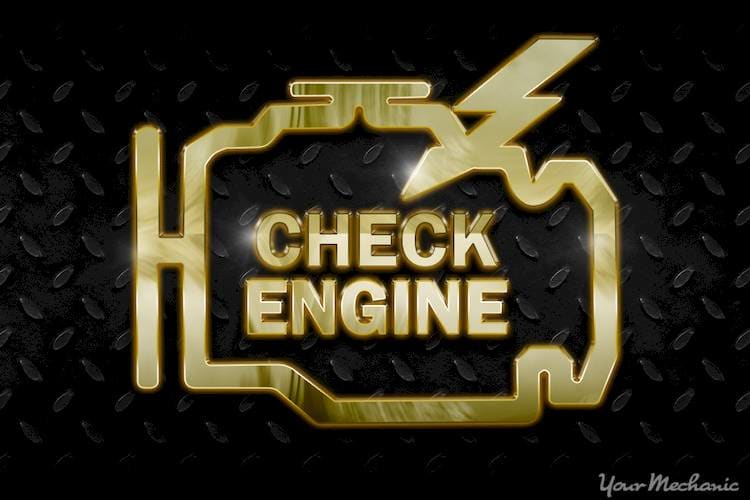P2298 trouble code definition
A P2298 trouble code is related to a vehicle’s oxygen (O2) sensor, more specifically the first sensor before the catalytic converter(s). Bank 2 denotes the sensor monitors the bank of cylinders where cylinder one is not present – this is prominent on V engines.
What the P2298 code means
P2298 is an OBD-II generic code for a voltage problem with the O2 sensor in that the signal being sent from the sensor to the engine computer is not within the manufacturer’s accepted parameters.
What causes the P2298 code?
There can be a number of faults that will trigger a P2298 code, but the biggest culprit typically is the oxygen sensor itself. Age, mileage and wear-and-tear can cause sensors to “foul,” resulting in such a code. The most likely causes of this fault are:
- Faulty oxygen sensor
- Faulty connection for the oxygen sensor
- Faulty wiring to the oxygen sensor
- A blown oxygen sensor fuse
- Engine vacuum leak
- Exhaust leak
- Improper fuel pressure (low or high)
- Faulty engine computer
What are the symptoms of the P2298 code?
Because oxygen sensors strongly influence a modern vehicle’s air/fuel mixture, a P2298 code can cause either lean (too much air) or rich (too much fuel) conditions, resulting in poor engine performance and/or poor fuel mileage. Keep on the look-out for black smoke coming from the tailpipe under heavy loads (acceleration) and of course, a Check Engine Light.
How does a mechanic diagnose the P2298 code?
A visual inspection will typically happen first to ensure there are no vacuum leaks or frayed electrical connections. If a visual inspection unveils nothing, a professional OBD-II scanner will be able to monitor the voltage from the oxygen sensor as well as the air/fuel mixture to determine if the oxygen sensor is the cause of a P2298. Some manufacturers use heated sensors so an engine can enter closed loop operation faster (operating temperature). Because the ground for these can go bad, a mechanic may also use a professional-grade multi-meter to determine resistance. A mechanic will typically clear the code, and then drive the vehicle with the scanner connected to monitor for the poor voltage reading from the oxygen sensor. Other methods may include simply unplugging the sensor to see if engine performance changes as a result.
Common mistakes when diagnosing the P2298 code
Because a faulty oxygen sensor may not always be the cause of a P2298, a hastily replaced sensor may not fix the problem. If there is a lean/rich problem caused by an exhaust or vacuum leak, or bad wiring, a new oxygen sensor won’t help the problem at hand.
How serious is the P2298 code?
While you won’t want to drive with a P2298 for too long, the code won’t cause a vehicle to shut down entirely. Keep in mind that prolonged periods of lean/rich air fuel mixtures are not good on engines and can prematurely wear down components such as spark plugs and exhaust and intake valves. You can clear the code to monitor if it was just an environmental “fluke” but it’s rare for a P2298 to not return.
What repairs can fix the P2298 code?
The most common repairs for a P2298 are as follows:
- Clear the code with a scanner and monitor for the code to return.
- Visually inspect the oxygen sensor and its wiring.
- Inspect the exhaust and engine vacuum system. Repair as needed.
- Monitor the sensor voltage with an OBD-II scanner capable of live data.
- Replace the upstream bank 2 oxygen sensor with a manufacturer’s recommended component.
Oxygen sensors are some of the most prominent causes of Check Engine Lights and they typically do not last the life of a vehicle. The higher mileage your vehicle is, the more likely the sensor is the cause of a P2298. It is rare for other causes to be the culprit, but that doesn’t mean it’s safe to assume and go straight to replacing the sensor. Proper troubleshooting by a professional can help you save hundreds of dollars. If you do need to replace the oxygen sensor, stick with what the manufacturer recommends and have a professional help as some higher mileage sensors will put up a fight when being replaced from rust and corrosion. Heat is also a trusted ally when replacing these sensors, so remember to drive the vehicle before you go to have the sensor replaced. This should make removal of the old sensor easier.
Need help with a P2298 code?
YourMechanic offers certified mobile mechanics who will come to your home or office to diagnose and repair your vehicle. Get a quote and book an appointment online or speak to a service advisor at 1-800-701-6230.
Check Engine Light
trouble codes
P2298





